The Amalfi Coast steals the spotlight with its stunning views and celebrity buzz, but honestly, Campania has so much more to offer if you’re curious enough to look. Over the years, I’ve wandered through Southern Italy and fallen for those overlooked corners that feel so much more real—places where you can actually breathe, eat well, and enjoy the scenery without elbowing through crowds.
Campania’s hidden treasures really do give you the same jaw-dropping landscapes, fantastic food, and deep history as the famous spots, but with that local vibe that’s getting harder and harder to find.

If you step just a bit away from the tourist magnets, you’ll find villages like Vietri Sul Mare—a riot of ceramics and color at the edge of the Amalfi Coast, somehow still peaceful. The Ferriere Valley near Scala pulls you into lush nature and quiet trails, while the ancient Greek temples of Paestum stand alone in the countryside, far from the crowds. You get to soak up Southern Italy’s magic at your own pace in these places.
I keep coming back to the Cilento Coast, where fishing villages like Acciaroli and Santa Maria di Castellabate still live by the old ways. From these sleepy harbors, you see the Mediterranean sparkle and the Li Galli islands on the horizon, all while eating seafood that’s so fresh and affordable you’ll wonder why anyone puts up with overpriced Amalfi restaurants. These spots are the real heartbeat of Campania for me.
Unveiling Authentic Campania: Beyond the Famous Amalfi Coast
The Amalfi Coast gets all the glory, but the wider Campania region hides a wealth of surprises for anyone willing to leave the main road behind.
Why Venture Off the Beaten Path
Every time I ditch the crowded hotspots, I find Campania’s true personality. The Amalfi Coast draws millions, but just a few miles inland, everything changes.
On my last visit, I met locals who seemed genuinely surprised to see a tourist at all, even though we were barely half an hour from the coast. These moments—where you feel like you’re discovering something—just don’t happen where the tour buses unload.
The food? It’s honestly better. Family trattorias serve recipes passed down for ages, using whatever’s ripe in their gardens. You won’t find a “tourist menu” here—just real Southern Italian food at prices that feel almost unfair.
Life slows down, and suddenly you’re chatting with locals, maybe getting invited to dinner or learning how to make limoncello. Sometimes, someone will lead you to a secret viewpoint that’s every bit as stunning as anything on the Amalfi Coast.

The Unique Allure of Southern Italy
Campania just oozes Southern Italian spirit. You see it in the architecture, the daily routines, the way people talk.
Traditions live on here, untouched by the tourism machine. I’ve watched centuries-old festivals in tiny villages, with everyone joining in like it’s the highlight of their year.
The scenery shifts from cliffs to rolling hills, olive groves, and endless vineyards. Mount Vesuvius always looms in the background, reminding you of the region’s fiery history.
Down here, the dialect, food, and customs stand apart from northern Italy. People talk with their hands, meals stretch on forever, and everything revolves around family. If you want to really understand Italian life, this is where you’ll get it—not in the tourist zones.
Top Hidden Towns and Villages
Cetara: This fishing village turns out world-class colatura di alici (anchovy sauce). I wandered its tight streets and tasted seafood that could go toe-to-toe with any Michelin spot. Even in summer, the beach stays pretty chill.
Castellabate: High on a hill over the Tyrrhenian Sea, this medieval town delivers epic views without the tourist traffic. The stone archways and tucked-away courtyards feel frozen in time.
Valle delle Ferriere: Just above Amalfi, but it feels like a different planet. This nature reserve hides ancient paper mills and waterfalls. I trekked through lemon groves and forests to find swimming holes only locals seem to know.
Procida: This island near Naples stays under the radar, even after being Italy’s Capital of Culture in 2022. The pastel harbor, narrow lanes, and working fishing boats grabbed me right away.

Secret Coastal Escapes and Enchanting Villages
As I roamed Campania, I realized some of the best experiences hide in tiny coastal towns and villages, far from the tourist rush. These places keep their old-school charm and offer views you’ll want to keep to yourself.
Cetara: The Heartbeat of Traditional Fishing
Cetara hooked me instantly with its no-nonsense fishing village vibe. Unlike its glitzy neighbors, this place still wakes up early, sending colorful boats out to sea.
They make colatura di alici here—a fish sauce with roots in Roman times. I watched fishermen fixing nets and then sat down for fresh seafood at a simple spot right on the water.
The pebble beach is rarely crowded. Daily life rolls on, with fishermen auctioning their catch and locals shopping for dinner.
Narrow lanes lined with lemon trees hide tiny shops selling local goods. The old watchtower by the harbor gives the whole place a storybook backdrop.

Minori and the Paths Less Traveled
Minori won me over with its relaxed pace and a Roman villa that feels like a step back in time. Inside, mosaics and thermal baths whisper stories from centuries ago.
It’s called “the city of taste” among Italians, mostly for its pastries. I tried delizie al limone at a bakery that’s been perfecting them for generations.
The beach in Minori never feels packed, and the gentle sea is perfect for a slow swim. Families and anyone looking for peace will love it.
Hidden trails snake out of Minori, winding through lemon groves and gardens toward neighboring villages. The “Path of Lemons” to Maiori gives you coastal views and a peek at local farm life most tourists never see.
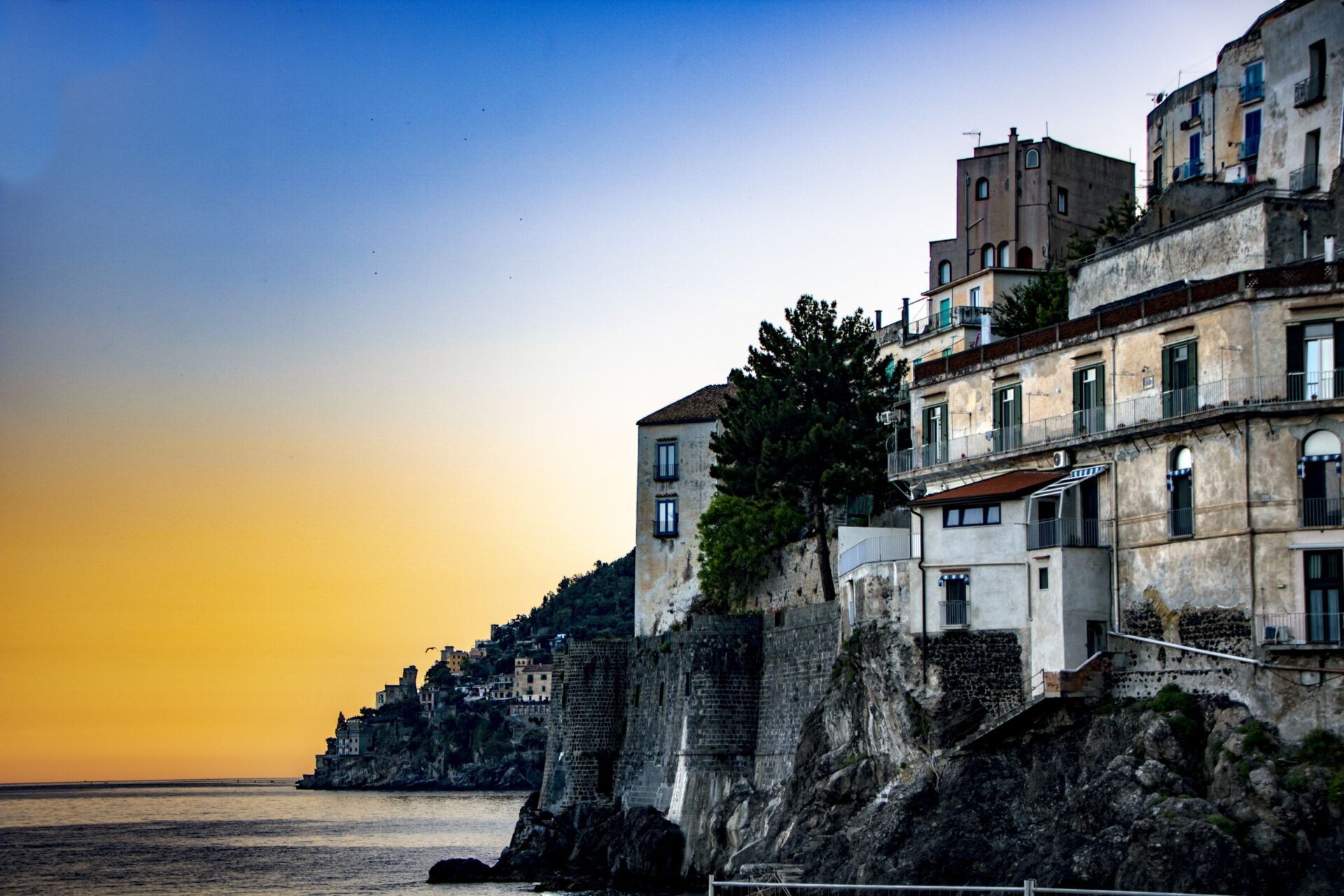
Marina di Praia: Coastal Solitude
Marina di Praia feels like a secret tucked between cliffs. A tiny beach and a handful of buildings sit at the end of a gorge, making it feel almost private.
I spent an afternoon here, just watching boats bob on the clear water. Pirate watchtowers cling to the cliffs, giving the place a bit of a storybook edge.
Seafood restaurants serve up whatever the fishermen just brought in—menus change daily, depending on the catch.
If you’re feeling adventurous, you can launch a kayak here to explore sea caves and hidden beaches. The water’s so clear, you’ll want to bring a snorkel and see what’s swimming below.
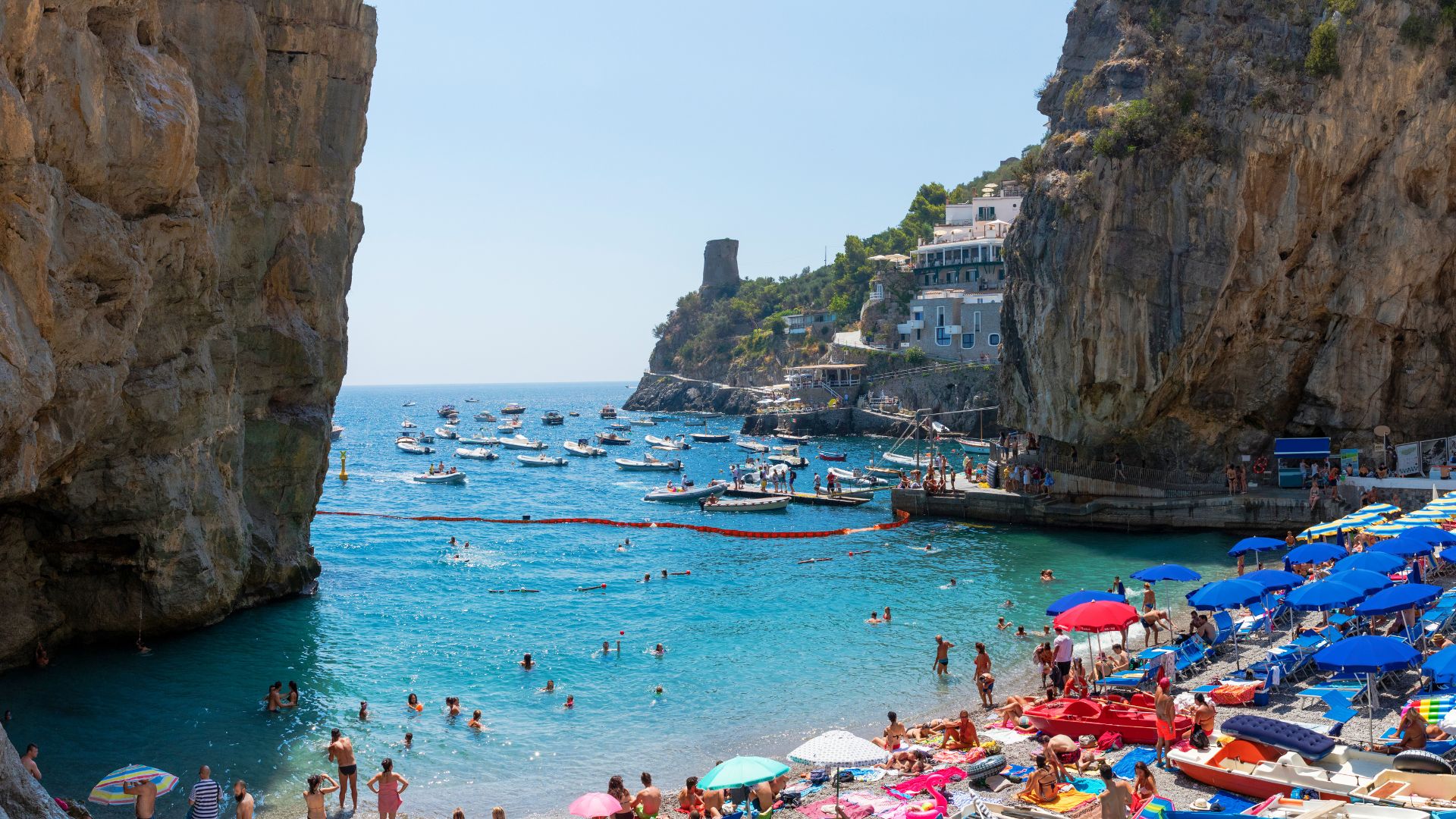
Scala and Its Timeless Atmosphere
High above Ravello, Scala claims to be the oldest town on the Amalfi Coast. Walking those ancient streets, I felt like I’d slipped back to medieval times.
The 12th-century Duomo di San Lorenzo anchors the town, with its unique belltower and a collection of religious art inside.
Hiking trails lead you through chestnut woods and past old paper mills. The Valle delle Ferriere Nature Reserve nearby hides rare plants and waterfalls in a microclimate that almost feels tropical.
What really stands out is the rhythm of daily life. Elderly folks gather in the main square, kids play in the streets, and nobody seems in a hurry. Here, farm-to-table is just how people eat—local ingredients show up in every dish at the family-run trattorias.

Image Source: Wikimedia Commons
Historic Wonders and World Heritage Sites
Campania holds some of Italy’s most jaw-dropping historic sites, though the Amalfi Coast often steals the show. These UNESCO World Heritage Sites reveal the region’s ancient roots—from Greek temples to Roman cities and royal palaces.
Paestum and Its Ancient Temples
I stumbled onto Paestum almost by accident, and now it’s one of my favorite sites in all of Italy. This old Greek city has three of the world’s best-preserved Doric temples, dating back to 600-450 BCE.
Walking among those massive columns felt surreal. The Temple of Hera I, Temple of Hera II, and Temple of Athena rise up against the sky, their limestone glowing gold in the afternoon light.
Paestum stays blissfully uncrowded. I had space to admire the metopes and ancient details that have survived for over 2,500 years.
The museum nearby blew me away with artifacts, especially the famous “Tomb of the Diver“—a rare Greek fresco showing a symbolic journey to the afterlife.
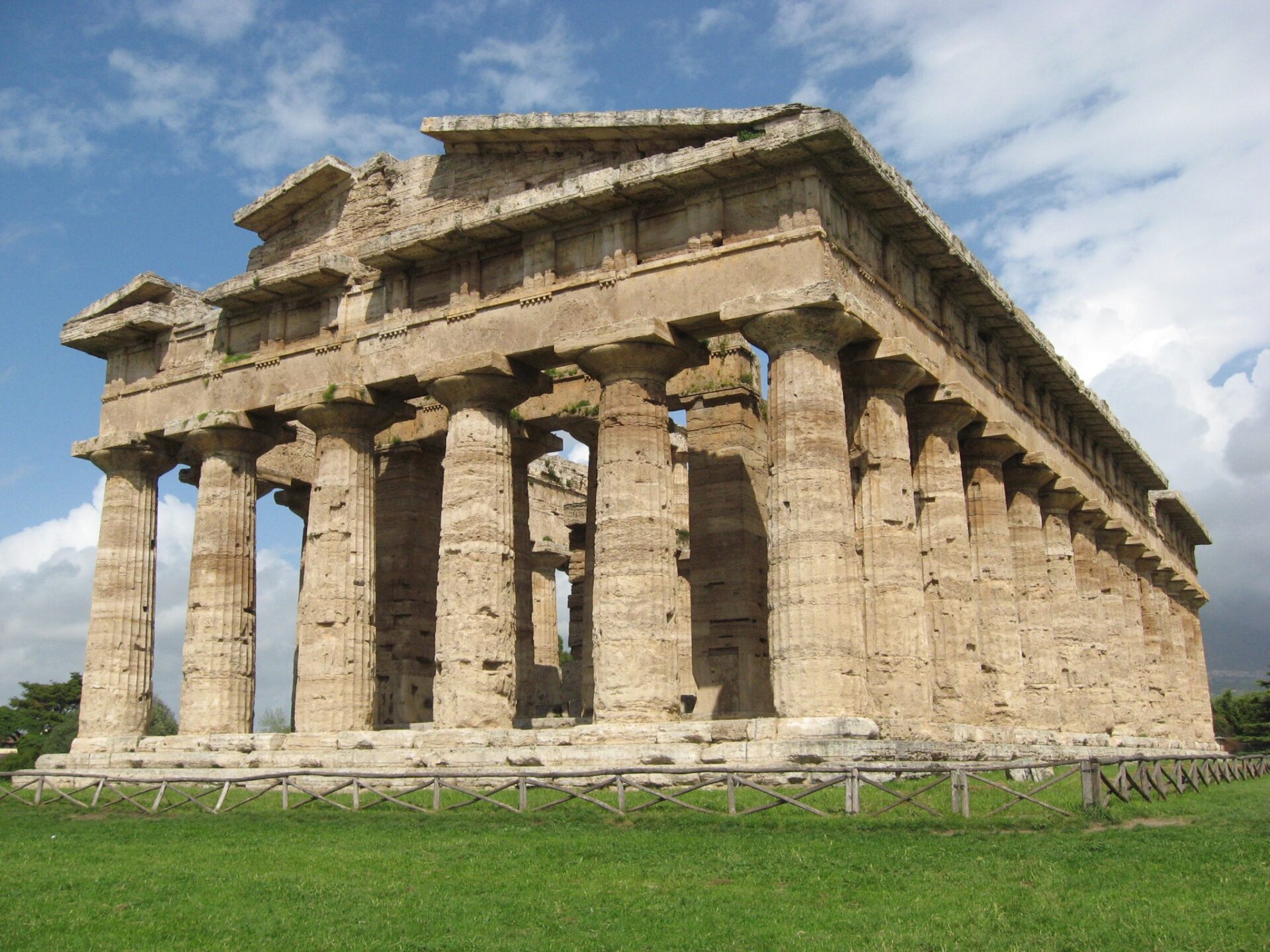
The Archaeological Splendor of Pompeii
Nothing quite prepares you for Pompeii. Walking those ancient streets, you feel the weight of history—this city was buried by Vesuvius in 79 CE, and it’s still eerily preserved.
The place is huge, with intact buildings, frescoes, and even plaster casts of people caught in their last moments. I wandered for hours through the Forum, the amphitheater, and the old thermal baths.
The little things hit me hardest: graffiti on the walls, ruts from ancient carts, and the old snack bars with food residue still stuck in the counters.
The House of the Vettii and the Villa of the Mysteries, with their vibrant frescoes, are must-sees for anyone even remotely interested in history.
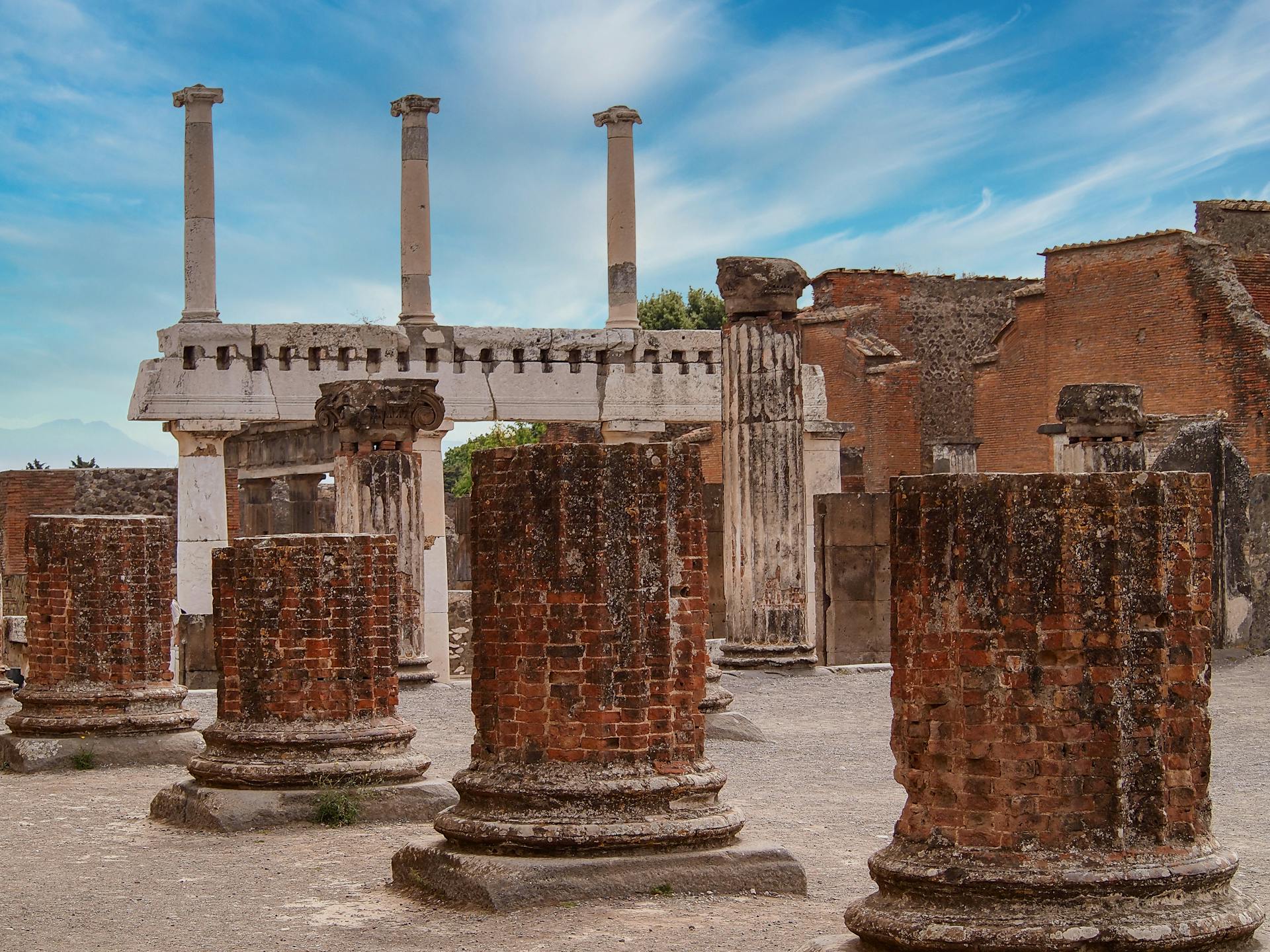
Royal Palace of Caserta: The Italian Versailles
The Royal Palace of Caserta is just jaw-dropping in its scale. Built for the Bourbon kings in the 1700s, it’s Italy’s answer to Versailles, only with a bit more southern flair.
- 1,200 rooms across five floors
- A grand marble staircase
- 120-hectare park with fountains and gardens
- A central avenue that stretches for 3 kilometers
I wandered through ornate apartments filled with frescoes, tapestries, and furniture that scream opulence.
The gardens are a world of their own, with the English Garden’s rare plants and a waterway lined with fountains, ending at the epic Fountain of Diana and Actaeon.
Best part? It’s never as crowded as you’d expect, so you can really soak in the details without being jostled by crowds.
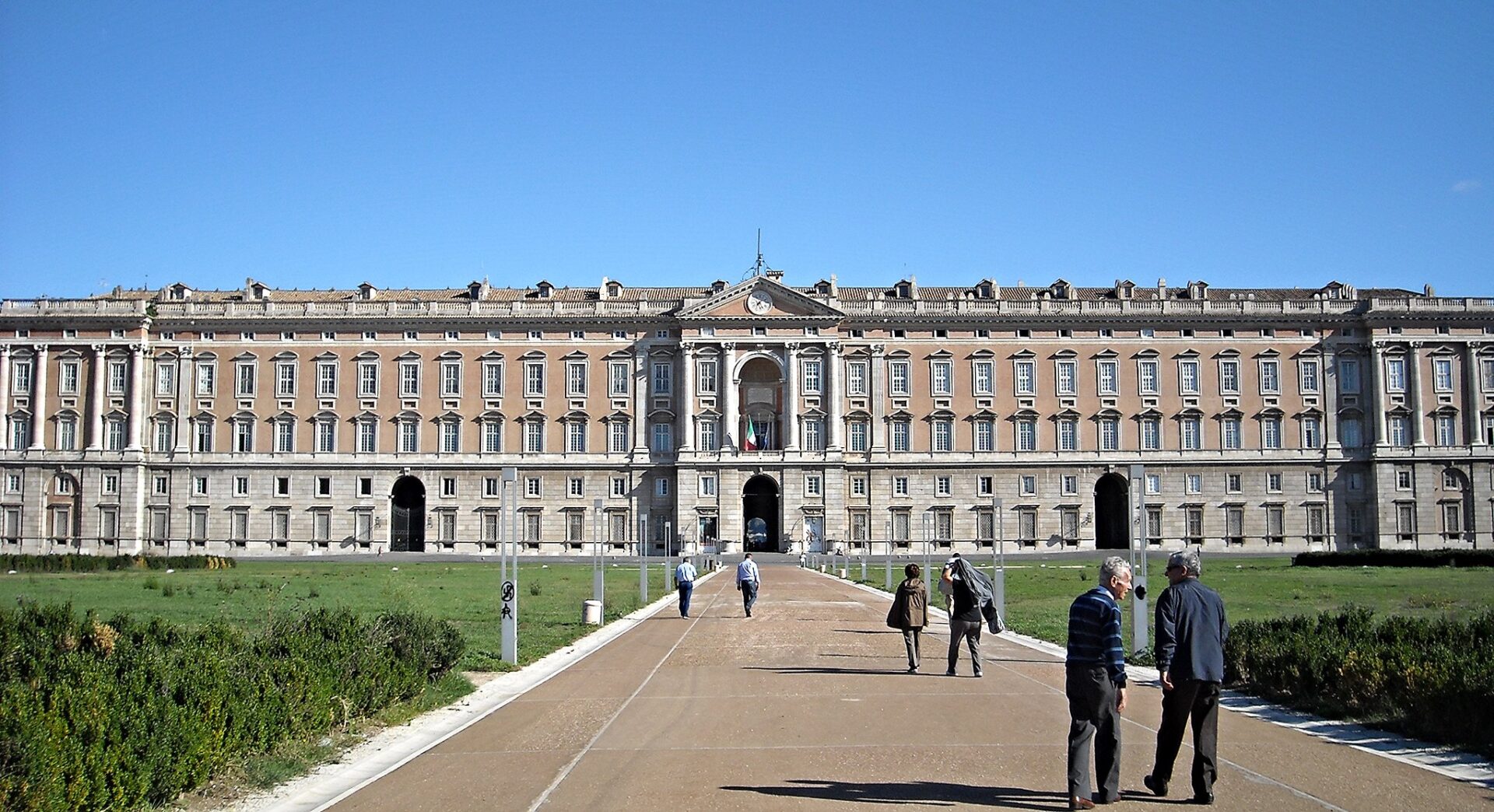
Image Source: Flickr
Picturesque Islands Off the Campania Coast
Just off Campania’s mainland, a handful of gorgeous islands dot the blue Mediterranean, each with its own style and story.
Ischia: Wellness and Volcanic Landscapes
Ischia surprised me—it’s not just pretty, it’s a natural spa paradise. Thanks to its volcanic roots, the island has over 100 thermal springs, making it a dream for anyone who loves a good soak.
I spent lazy afternoons in the Poseidon Gardens, hopping between pools of different temperatures. The mineral mud treatments felt amazing.
Ischia’s scenery is wild. I hiked up Mount Epomeo for views that stretch across the Bay of Naples. At sunset, the sea turned into a painting.
Maronti Beach became my go-to for relaxing—a long stretch of sand with natural hot springs bubbling right underfoot.
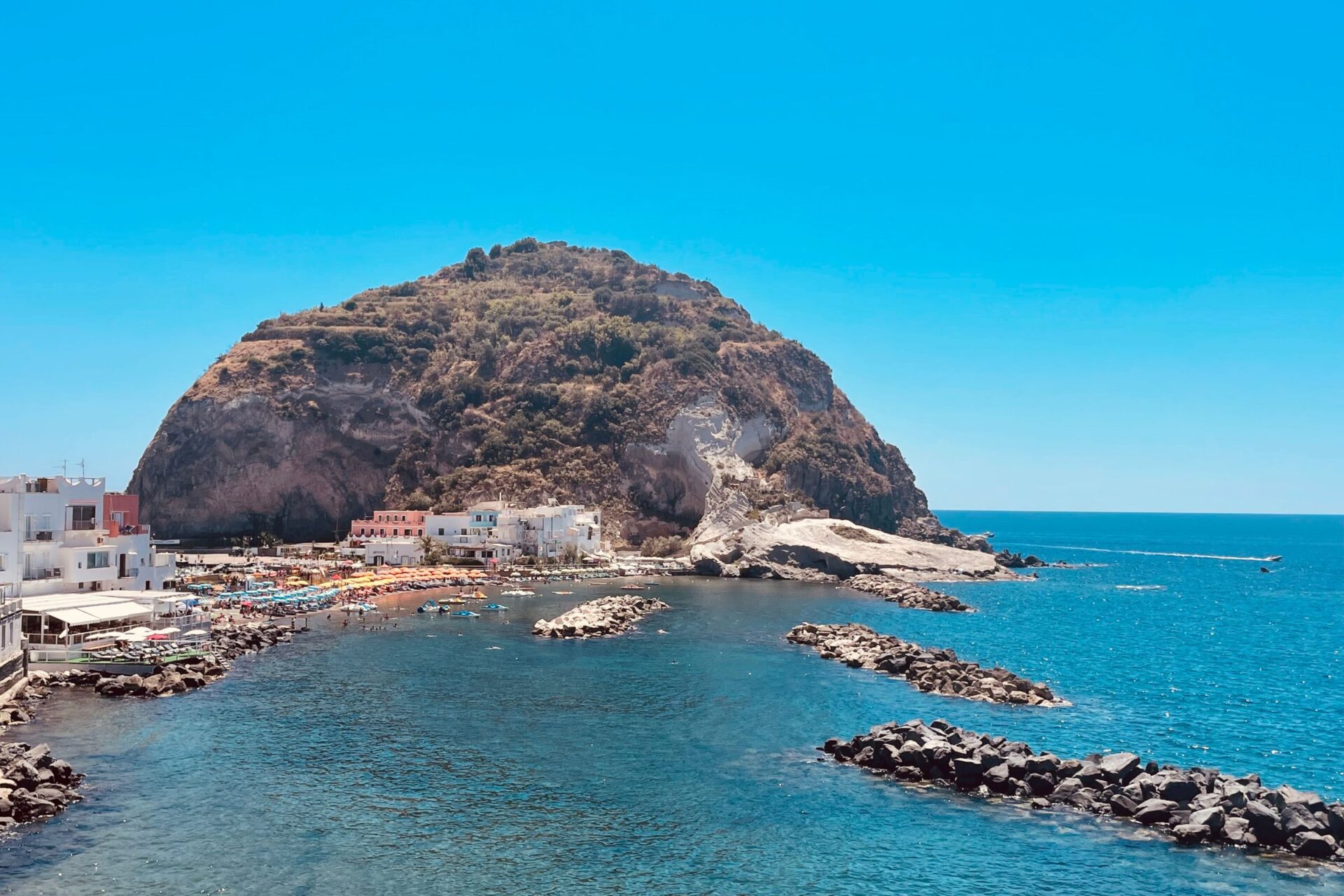
Procida: Colorful Streets and Authentic Charm
Procida just charms you with its rainbow houses and lack of crowds. It’s tiny—about 1.6 square miles—but feels packed with real Italian life.
Marina Corricella is the place to wander. Pastel houses stack up along the harbor, fishermen mend nets, and cats nap wherever there’s sun.
The food is simple, fresh, and so good. I tried lemon salad (the local lemons are famously sweet) and seafood caught that morning at a family-run trattoria.
Unlike its glitzy neighbors, Procida keeps it real. It’s working-class, humble, and all the better for it.
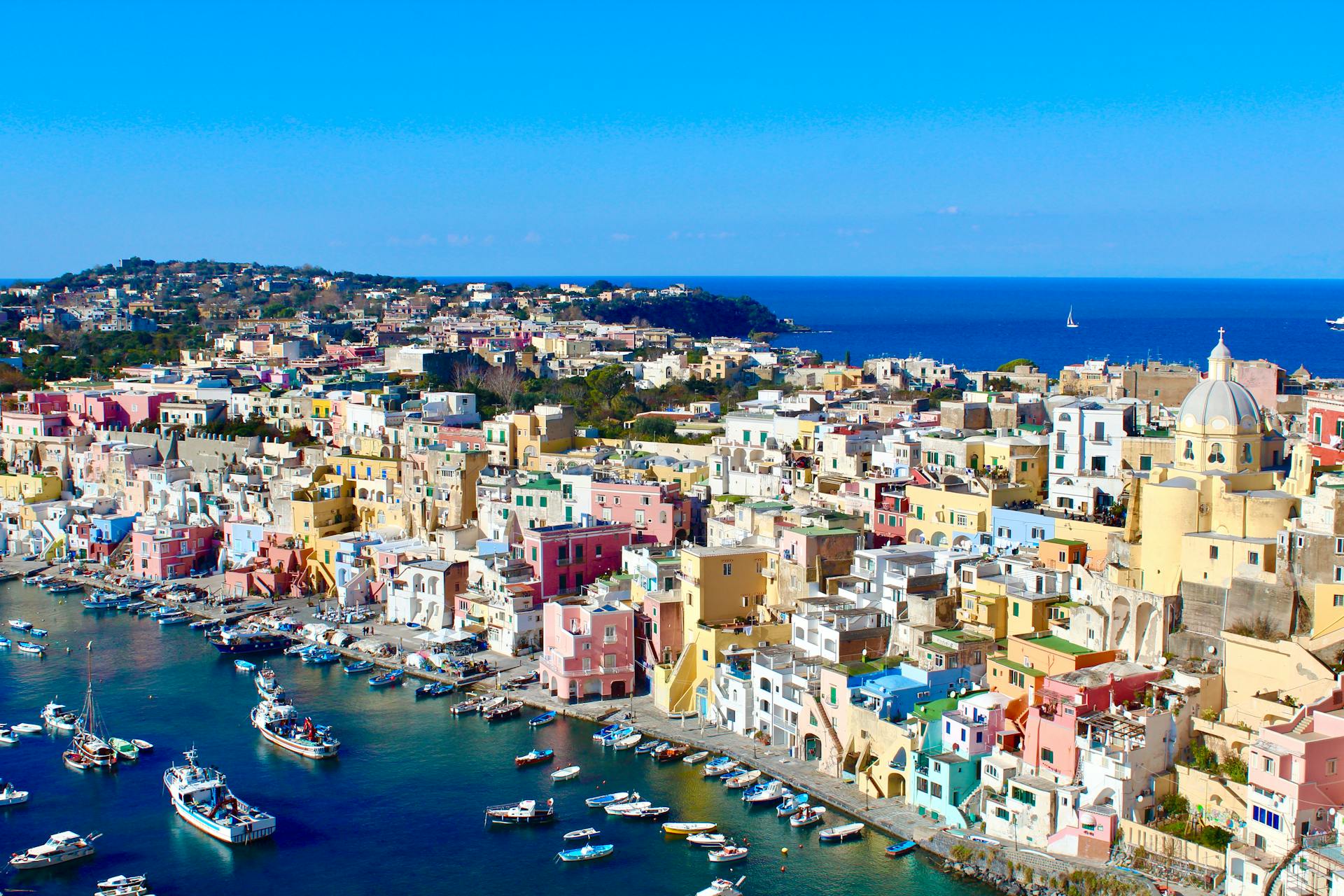
Exploring the Iconic Island of Capri
Capri has earned its legendary status—think dramatic cliffs, clear water, and a little bit of glamour. I suggest arriving early to dodge the day-tripper crowds and catch the island’s magic.
The Blue Grotto is as cool as everyone says. I squeezed into a rowboat and drifted into the cave, where the water glows an electric blue. It’s otherworldly.
For the best views, I took the chairlift to Mount Solaro in Anacapri. From up there, you see the Bay of Naples, Vesuvius, and the Amalfi Coast stretching out below.
The Gardens of Augustus were my favorite photo spot, with the Faraglioni rock formations jutting from the sea. Those three limestone stacks are Capri’s signature.

Flavors of Campania: Food, Wine, and Culinary Traditions
Campania’s food scene is one of Italy’s best, hands down. From perfect pizza in Naples to fresh seafood along the coast, the flavors all tell the story of the region’s history and love for good ingredients.
The Art of Mozzarella and Buffalo Milk
In Campania, buffalo mozzarella is more than cheese—it’s a craft. Around Caserta and Salerno, water buffalo graze on lush grass, giving their milk a unique flavor.
I watched cheesemakers stretch and fold the curds by hand, shaping those glossy orbs. The taste? Tangy, creamy, and it just melts in your mouth. Sometimes you can buy it still warm, fresh from the farm.
Try it with just olive oil and tomatoes in a caprese salad, or with prosciutto. Look for the DOP label—that’s how you know it’s the real deal.

Traditional Seafood and Local Markets
The coast here delivers a constant supply of fresh seafood, shaping the local menu. In Cetara, I tasted anchovies preserved the old way, and it’s a game changer.
Don’t miss:
- Spaghetti alle vongole (clams)
- Frittura di paranza (mixed fried seafood)
- Impepata di cozze (peppered mussels)
Naples’ La Pignasecca market buzzes every morning, with fishmongers showing off everything from tiny anchovies to giant swordfish. The freshness is unreal.
What really impresses me is how Campanians let their ingredients shine. Dishes stay simple—just olive oil, lemon, and herbs, letting the seafood do the talking.
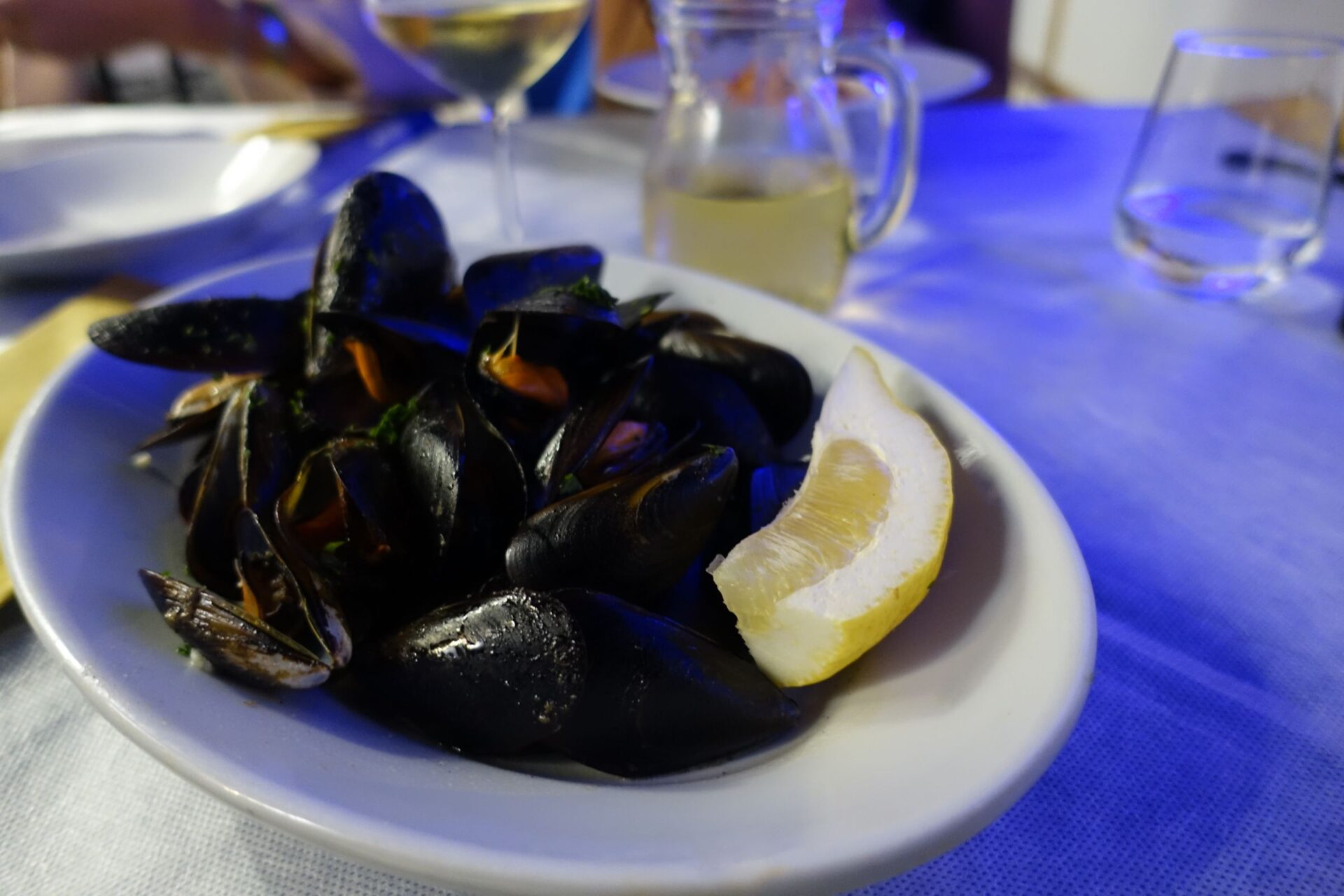
Limoncello: Sorrento’s Liquid Gold
In Sorrento, lemon groves fill the air with their scent. The region’s giant sfusato lemons are perfect for making limoncello.
Making it is simple, but it takes patience. Lemon peels steep in alcohol for weeks, then get mixed with sugar syrup. The best limoncello comes from just the yellow zest, never the bitter white pith.
I visited a family-run producer where three generations make this bright liqueur. They served it ice-cold in tiny glasses—just right after a seafood feast.
Sorrento’s lemons also show up in:
- Delizia al limone (lemon cake)
- Risotto al limone
- Lemon-infused olive oils

Wine Routes and Vineyard Visits
Campania’s volcanic soil gives its wines a distinct kick. I drove through Avellino’s wine country, where ancient grapes grow in tough terrain.
Aglianico makes bold reds that age beautifully. At a hillside winery, I tasted vintages with deep, earthy flavors.
The whites shine too—Falanghina is crisp and mineral, while Greco di Tufo has nutty, complex notes. Both pair perfectly with seafood.
Most wineries welcome visitors, often offering tastings with local cheeses and cured meats. Vineyards near Vesuvius give you dramatic views while you sip wines grown in black volcanic earth.
If you can, visit during harvest season (September-October). Watching the grape-to-glass process makes the wine taste even better.
Art, Architecture, and Timeless Sights
Campania’s art and architecture go way beyond the coastline, with centuries of treasures tucked into towns big and small. The buildings here tell stories of rulers, artists, and a region shaped by so many influences.
The Cathedral of Saint Andrew and Cloister of Paradise in Amalfi
In Amalfi, the Cathedral of Saint Andrew dominates the main square. Its Arab-Norman façade dates back to the 9th century, though it’s picked up a few renovations along the way.
The bronze doors, made in Constantinople around 1060, are among Italy’s oldest. Their intricate designs have seen nearly a thousand years of history.
The real gem, though, is the Cloister of Paradise. Built in the 13th century, this peaceful spot has white marble columns and Moorish arches. Ancient Roman sarcophagi and faded frescoes sit quietly in the shade.
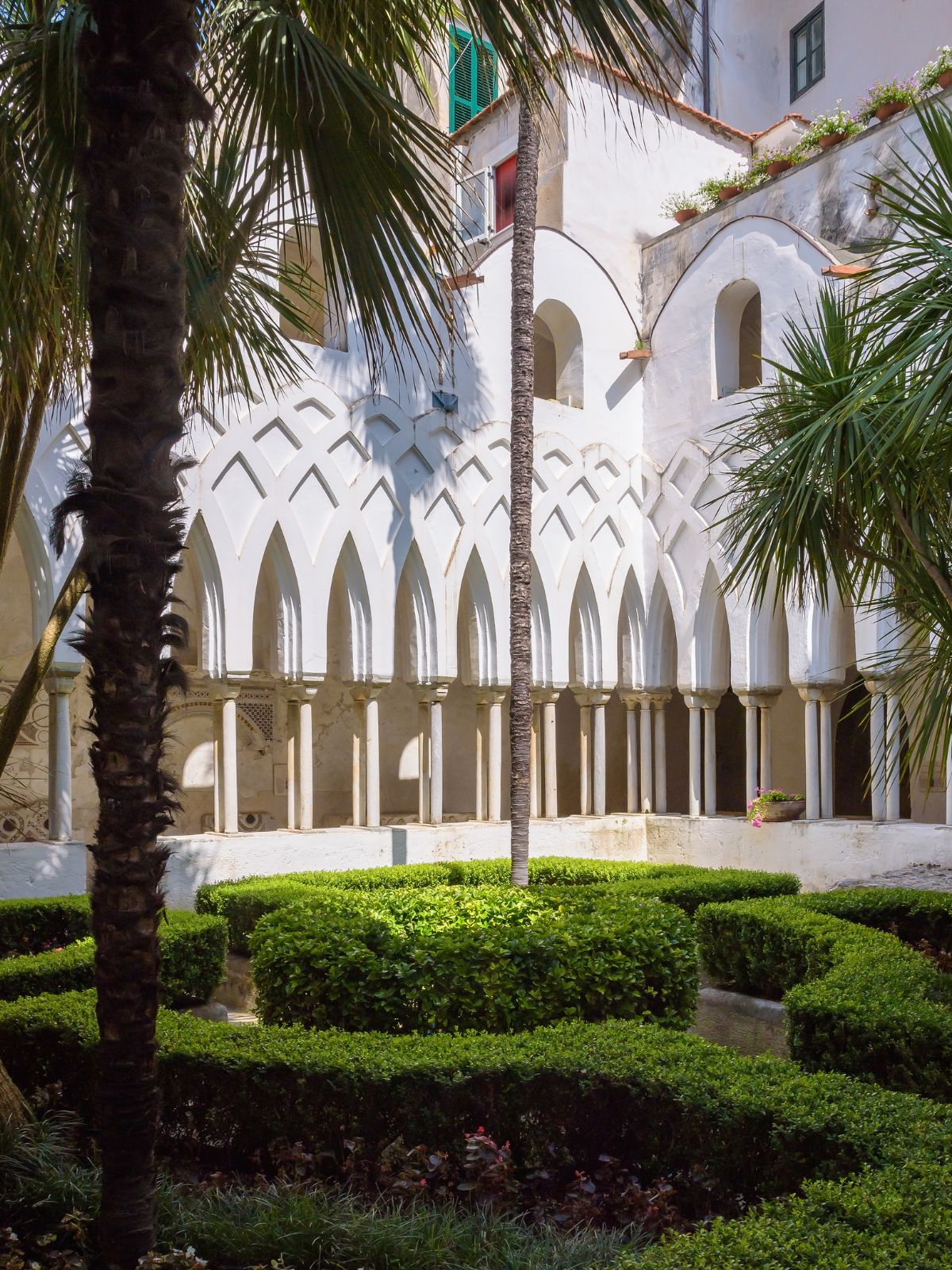
Ravello’s Villa Cimbrone and Elegant Gardens
Ravello sits high above the coast, offering views that honestly made me stop and stare. Villa Cimbrone, an 11th-century mansion, mixes architectural styles in a way that just works.
The gardens are pure magic. I wandered through paths lined with statues, ruins, and exotic plants. The Terrace of Infinity, with its marble busts overlooking endless blue, is unforgettable.
Villa Cimbrone blends English and Italian garden styles perfectly. Over the years, it’s drawn artists and celebrities like Greta Garbo and Winston Churchill. I get why.
Atrani and Its Intimate Piazzas
Just a short walk from Amalfi, Atrani is tiny but packed with charm. Its winding streets open onto little piazzas that feel frozen in another era.
The main square, Piazza Umberto I, sits surrounded by pastel buildings and the Church of San Salvatore de’ Birecto. This 10th-century church once hosted the coronation of Amalfi’s doges.
Atrani’s architecture stays mostly unchanged since medieval times. Houses are built right into the cliffs, linked by arches and steep stairs. It’s like a living museum, telling the story of coastal life, one narrow alley at a time.


